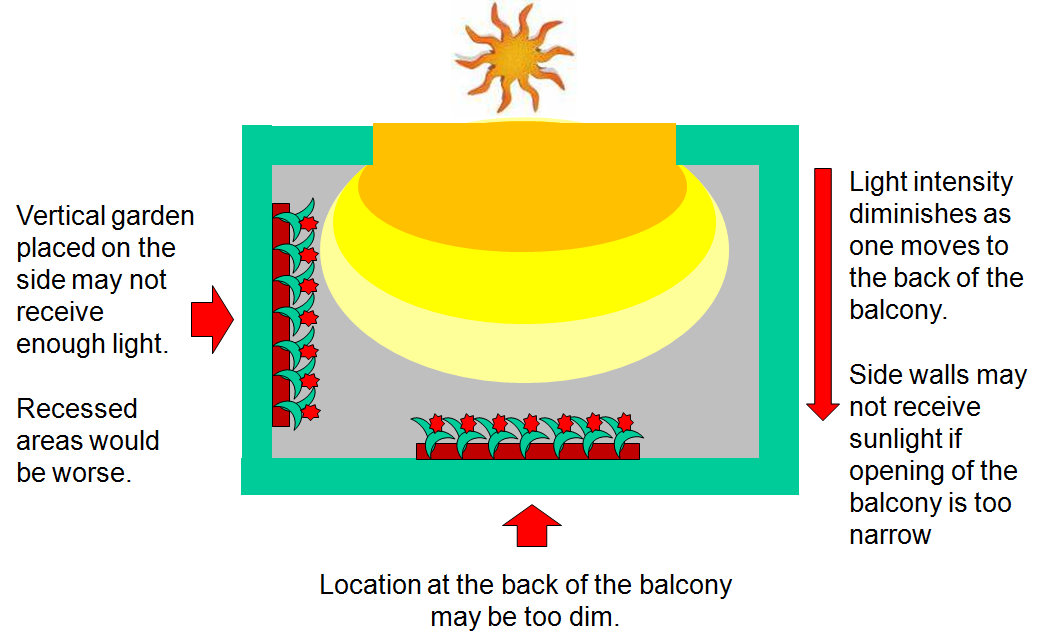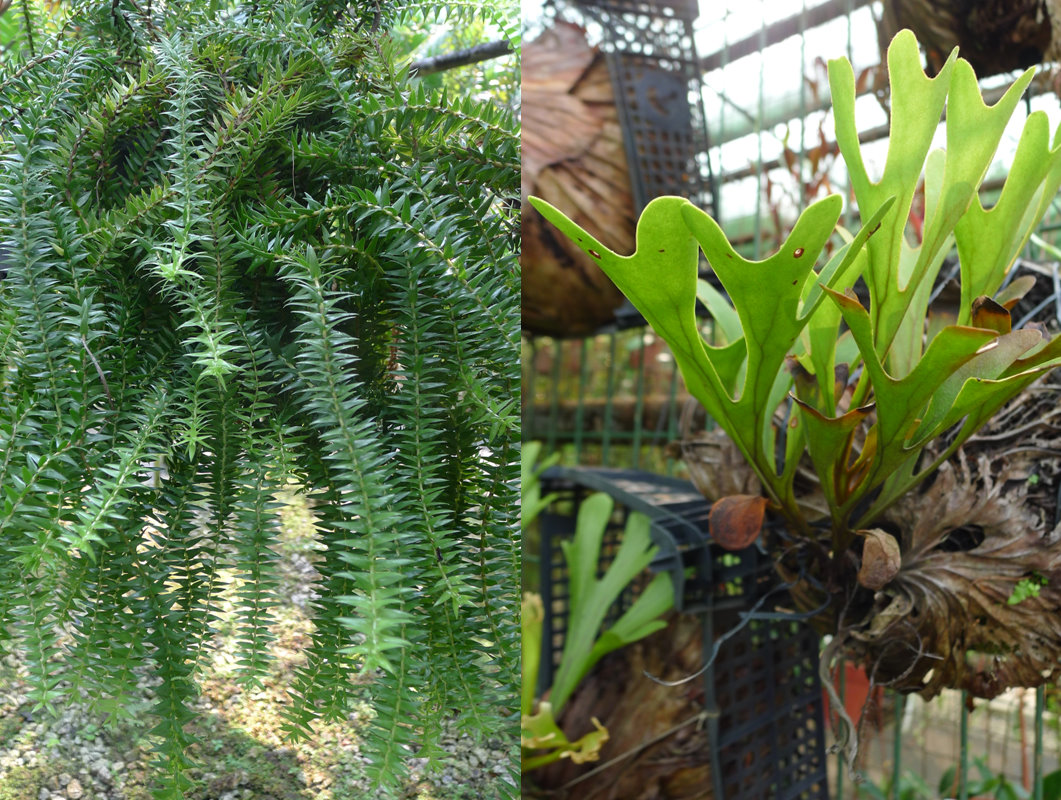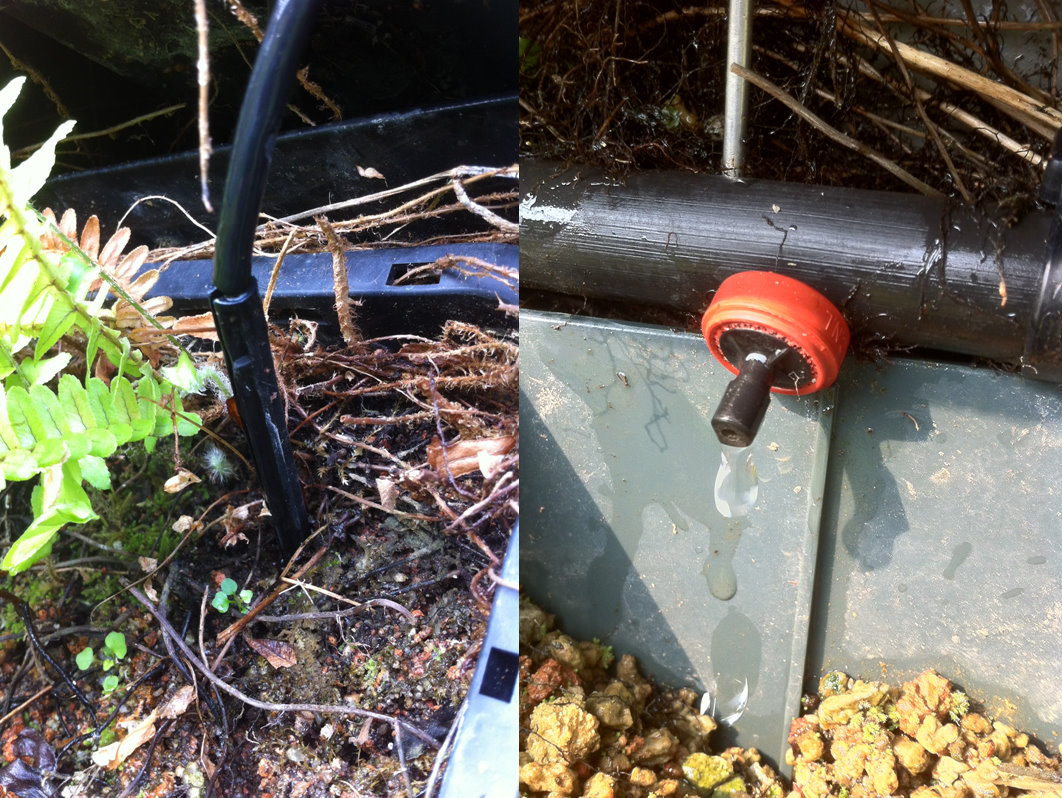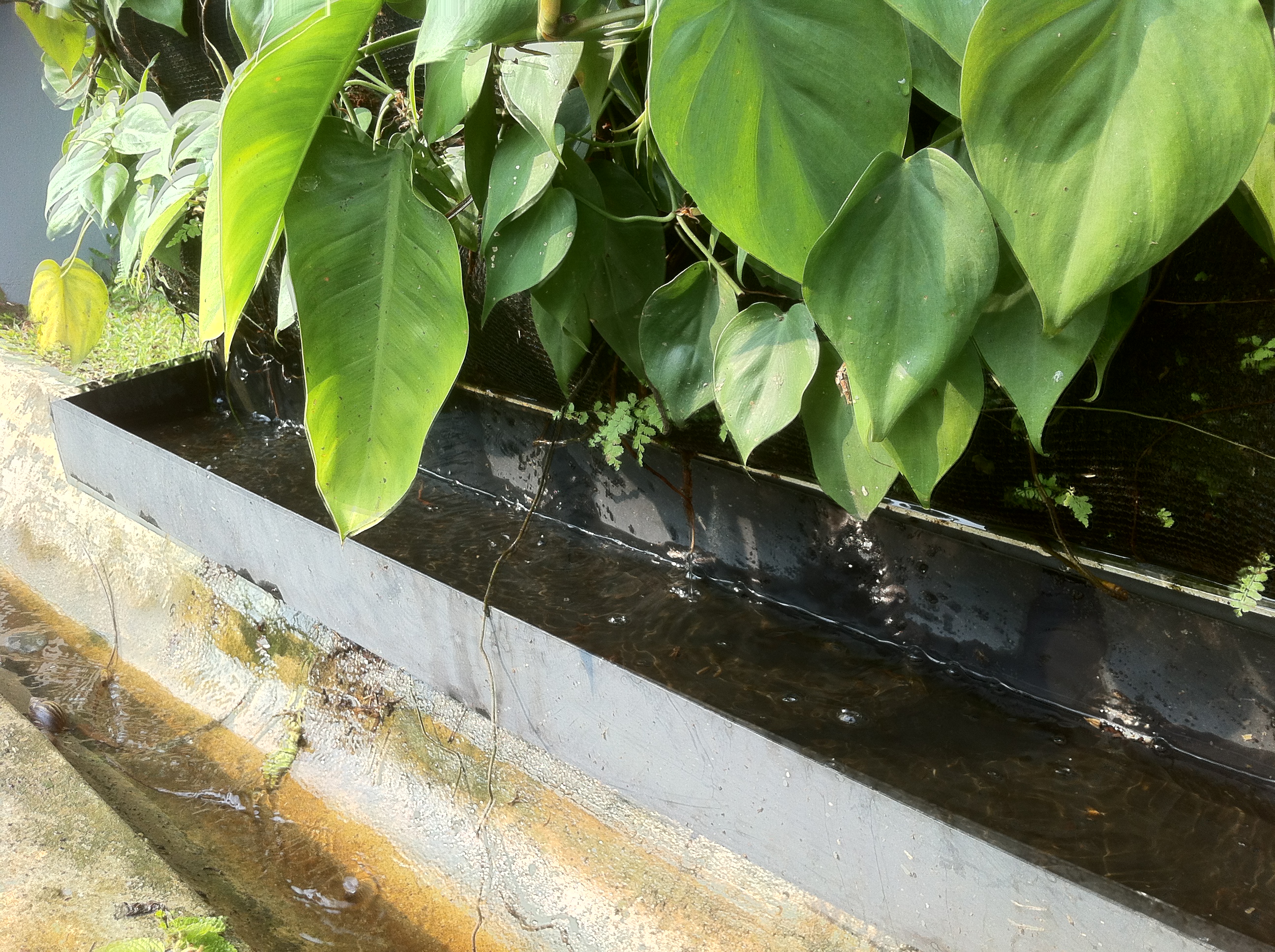Tips for Setting Up Your First Highrise Vertical Garden

Vertical gardens are popular with home-owners as they present a unique way of displaying plants at home. They can be used to dress up a dull wall or act as conversational focal pieces for guests who visit. For the high-rise gardener, vertical gardens are also a way to grow more plants in a limited space.
Home-owners who are more innovative and hands-on can build their own vertical greenery from scratch themselves. Others buy ready-made modular systems off the shelf to assemble at home. For those who prefer a more hassle-free installation, they can engage a professional company to do all that for them.
Setting up the system is probably the easiest step to take but how do you ensure that the plants will continue to look good? You will need to have a good understanding of the conditions at the display area, choose the right plants and also have a certain amount of commitment to maintain the entire set-up.
Trouble with Indoor Areas
All plants require sunlight to grow. Areas that are more than 2 metres away from any window deep inside the house will be challenging for a vertical garden. Most plants would either gradually waste away or not look as lush as they would normally appear under more optimal conditions.
Artificial lighting can be expensive to have and run in the long term. They may not provide sufficient intensity for healthy plant growth. In such areas, periodic changing or rotation of plants is necessary to ensure a lush looking wall. You may end up displaying plants and not really growing them.
Balcony Vertical Gardens

The balcony is a common space for growing plants in highrise homes. Although it is a small space, light intensity varies widely at different areas.
Balconies vary in their design. Broadly, recessed balconies are those that are located within the building, and these, in general, receive less sunlight compared to those that protrude out of the building.
For most purposes, vertical gardens are often placed at the back of the balcony. The further the set-up is located inside the balcony, the less light it receives. Set-ups placed on the side walls of the balcony also get less light.
For a balcony that faces east or west (where direct sunlight streams into the balcony), plants placed midway in a floor-to-ceiling vertical garden located at the back of the balcony will receive the most sunlight. These plants would be exposed to at most six hours of direct sunlight, thus most commonly available houseplants are suitable for this location.
Arrangement and Growth Habit

Note the different growth habits of the plants featured above. On the left is a species of Clubmoss (Huperzia phlegmaria) which adopts a pendulous growth habit. On the right is a Stag’s Horn Fern (Platycerium ridleyi) and its fronds are upright-growing. When positioning such plants in a vertical garden, take care that those with pendulous growth do not block sunlight required by other plants close-by.
When planting up vertical gardens, you should select and arrange plants based on their colour, leaf texture and growth habit, and rate of growth.
Plants with a trailing growth habit are best grown in the lower part of the set-up so that their stems can hang free. This helps to ensure that they will not hinder the growth or supply of sunlight to upright-growing neighbours.
Not all plants in a vertical garden grow at the same rate. It is important to keep the fast-growing ones in check with regular pruning or removal so that they do not invade the growing space of others, especially slower-growing plants. Overcrowding can lead to a host of pest and disease problems.
Growing Media & Feeding
Soil is often avoided in vertical garden set-ups due to its weight, especially when wet. It tends to compact over time when put inside a container. This hinders water absorption and drainage, and reduces the amount of space for roots to grow as well as oxygen intake. Overall, these conditions are detrimental to plant growth.
Coarsely chopped coconut (left) and pumice (right) are two materials commonly used to grow plants in vertical gardens because they are light in weight even when moist, as compared with soil. They are also porous hence they are less likely to compact over time.
Coarse and more lightweight materials like pumice (a porous volcanic rock) and coarsely chopped coconut husk are commonly used as growth media alternatives. The large particle size of these media provides spaces that permit healthy root growth and allow for drainage and aeration.
Each of these media type has their own advantages and limitations. Some are better at holding water and nutrient, others offer better stability (duration that it retains its integrity). These media may be used alone or combined in various proportions to cater to individual plant needs and growing conditions.
For the non-soil media, they usually do not contain nutrients on their own and do not hold certain plant nutrients as well as soil does. To ensure that plants thrive, you should dissolve water-soluble fertiliser, to feed your plants at the same time as you water them.
Irrigation
Professional vertical garden set-ups often include an automatic drip irrigation system coupled with a drainage system to collect excess water which may or may not be recycled. They make watering hassle-free and mess-free.

Irrigation systems come in many different configurations. Shown here are two types of drip irrigation nozzles.
For home owners who put up do-it-yourself systems, you can also buy and install an automatic drip irrigation system available for sale in nurseries. For small set-ups, one can even use a pressurised handheld sprayer to water your plants. The only challenge for DIY systems is to devise a way to collect and drain away excess water.
 Professional vertical gardens often have a trough at the base of the set-up that collects excess water which is then channeled to a reservoir for reuse later. This prevents water from messing up an indoor environment where the vertical garden is displayed.
Professional vertical gardens often have a trough at the base of the set-up that collects excess water which is then channeled to a reservoir for reuse later. This prevents water from messing up an indoor environment where the vertical garden is displayed.
Some vertical garden systems are specially designed to have a built-in reservoir which stores excess water that plants can tap on. Such systems reduce the reliance of constant irrigation found in systems with such in-built reservoirs.
In general, it is important to note that areas in a vertical garden that are exposed to more sunlight and wind will dry out faster. As water trickles downwards due to gravity, the lower portion of most vertical gardens will be wetter than areas further up. Thus it is important to select plants that grow well under such situations. Adjustments can also be made to the growing media composition if possible.
By Dr Wilson Wong




Have views or comments on this article? Let us know via this form. If you would like to give us feedback on any other areas relating to our parks and gardens, please submit via https://www.nparks.gov.sg/feedback